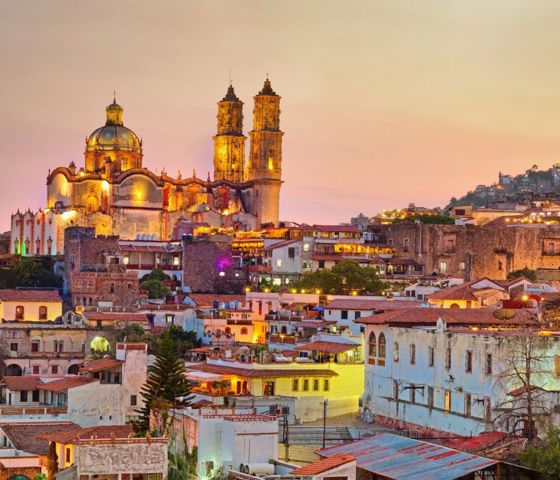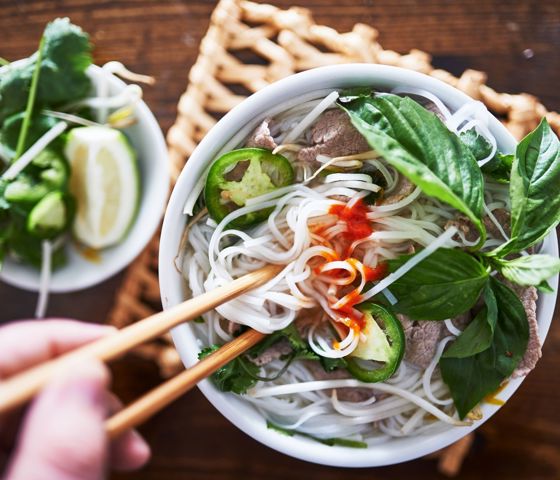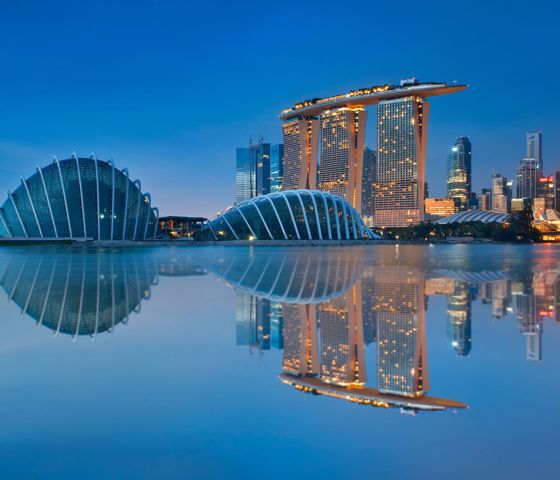Seven epic adventures in Thailand for active relaxers
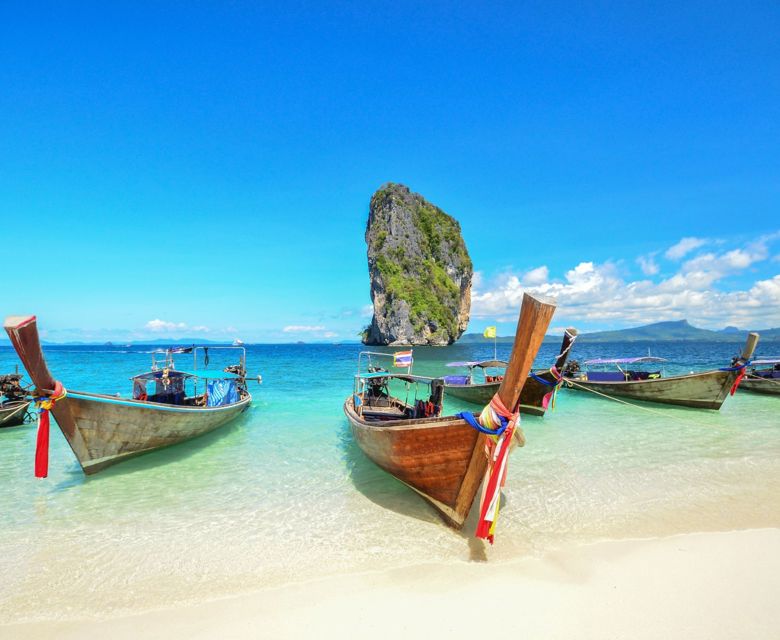
If you thrive on outdoor escapades, nature-based pursuits, and describe happiness as diving into adventure, Thailand is calling.
Here’s our list of seven thrilling yet relaxing adventures in Thailand, handpicked by our Thailand specialists for the perfect blend of excitement and relaxation.
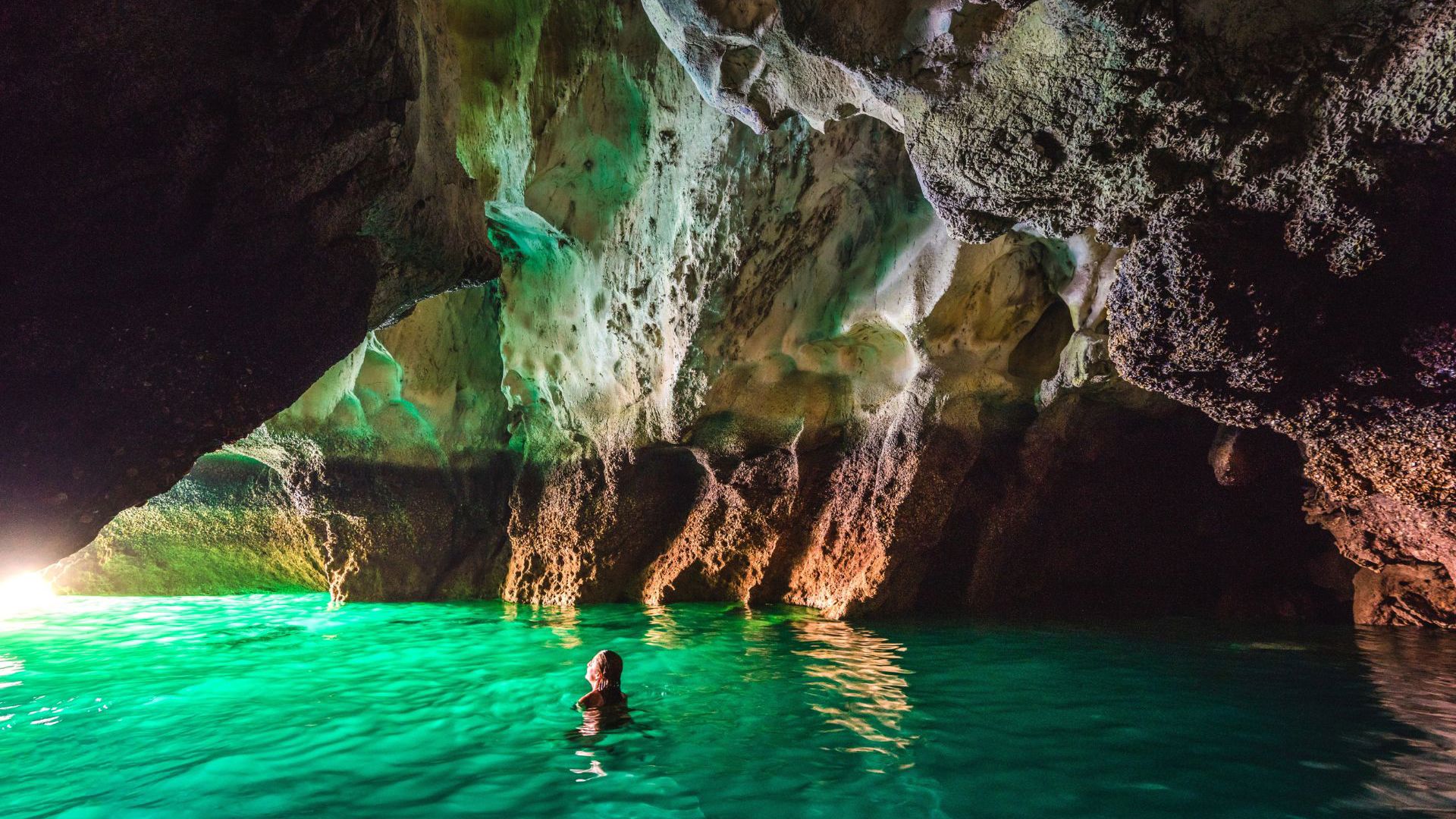
1. Diving on the Andaman Coast
Thailand’s Andaman Coast. Google it and your retinas will dilate with utter happiness. Situated on the west coast, and sat snugly between Malaysia and Myanmar, above sea level you’ll find nothing but emerald sea and platinum white sand, but venture beneath and you’ll discover an entire odyssey of sea life, crystal-clear clarity and some of the best diving in Thailand.
The highlights: The nine Similan Islands to the north boast about 25 diving spots, with seamounts, rock reefs and dive-throughs, as well as marine life which ranges from Leopard Sharks and Reef Sharks, to Batfish, Barracudas and Triggerfish. Depths range from 5m to 30m, with visibility averaging an impressive 30 metres. Better yet, the water temperature only fluctuates between 26 - 31° throughout the year.
When to go: The Andaman Sea is welcoming year-round, but for optimum conditions, travel from November to April. Whale sharks commonly turn up from February to May, whereas manta rays generally make a 365-day appearance. Day jaunts to the Similan Island are available from Koh Lak or Phuket, or you can book a multi-day ‘liveaboard’ boat trip.
What else? Not a diver? No problem. Semi-submerged caves (hongs) in Ao Phang-Nga Marine National Park are just as fun to explore by kayak.
2. Ethically responsible elephant encounters
No elephant rides here, just a genuine sanctuary. Elephant Hills is both a sanctuary for its guests and its resident elephants. Located in lush Thai tropical forest, in South Thailand’s achingly beautiful Khao Sok region, guests are invited to interact with Asian elephants as part of their award-winning Elephant Experience. Plus, Elephant Hills has recently expanded to include a camp in Chiang Mai.
The highlights: As well as 35 luxurious, tailor-made tents and the tropical forest environment, visitors can admire their fellow guests as they bathe in the giant elephant mud pool, before helping to scrub them clean using coconut fibres. You can also partake in nail and skincare, or get to grips with huge utensils as you slice some 200kg of elephant food for dinner time.
When to go: These unique experiences run year round, but south Thailand’s coastlines are monsoonal areas and some of wettest in Thailand, so you should always anticipate rain. In fact, it’s likely to rain on any given day of the year. The good news is, every tour has been adapted to the possibility of rain fall.
What else? Elephant Hills attracts a wide range of visitors, with guests spanning all the way from four years old, to 80. As popular with families as it is with honeymooners, you’ll be encouraged to interact as a group.
3. Waterfall abseiling
Imagine edging backwards off a 100-metre cliff, with nothing but a few ropes around your torso and a cheeky Thai man grinning from the safety of the rock edge. Rappelling down limestone cliffs in the heart of the Thai jungle is not for those with a weak disposition, but it will leave a lasting impression.
The highlights: The cliff might also be home to a thunderous waterfall, flowing from heights of 65m and tumbling into a nature-made Jacuzzi below. After an initial trek through dense jungle, The Wang Thong Limestone Waterfall is a favourite for adrenalin junkies looking to rappel in the wild. After a daring descent, the fall also offers a concluding soak in the natural spring waters below. Perfect if you’ve worked up a sweat via physical excursion — or more likely, fear-induced perspiration.
When to go: Year-round is easy. If it’s too hot, the water will provide respite, and if you’re visiting in the rainy season, well, you’re going to get wet anyway.
What else? A waterproof camera or a waterproof bag to pop a regular one in is a must. It's also wise to pack sun cream, insect repellent, a towel, change of clothes and leech socks just in case! You'll want to wear decent outdoor shoes, but the socks will help if you go for paddles in the jungle lagoons.

4. Bangkok bike tours in the dark
Donning a two-wheeled riding machine has always been a superb way to see a city, but taking a bike around Bangkok, at night no less, is the icing on your cycle spokes. You’ll see such a different side to this sprawling metropolis once the sun subsides. It’s all round quieter and calmer, not to mention cooler.
The highlights: Bike tour companies such as Co Van Kessel have built quite the reputation for themselves, delivering a three hour adventure across Bangkok’s finest city scapes, from the back streets to temples, the city’s famous flower market and a glowing Chinatown. The skyline glitters wherever you pedal, and the Chao Phraya river is illuminated by vessels wading through its waters. Two inspiring tour guides add narration to your exploration, while dispersing drinks and snacks throughout.
When to go: Year-round tours are available, but the city has three main seasons: hot season from March to June, rainy season from July to October and cool season between November and February, so you might want to avoid the overly hot, or the very wet.
What else? Your guides speak perfect English, and provide a thorough introduction into Thai culture. Typically, one guide leads and the other drops to the back of the group, so you will be safely escorted throughout.
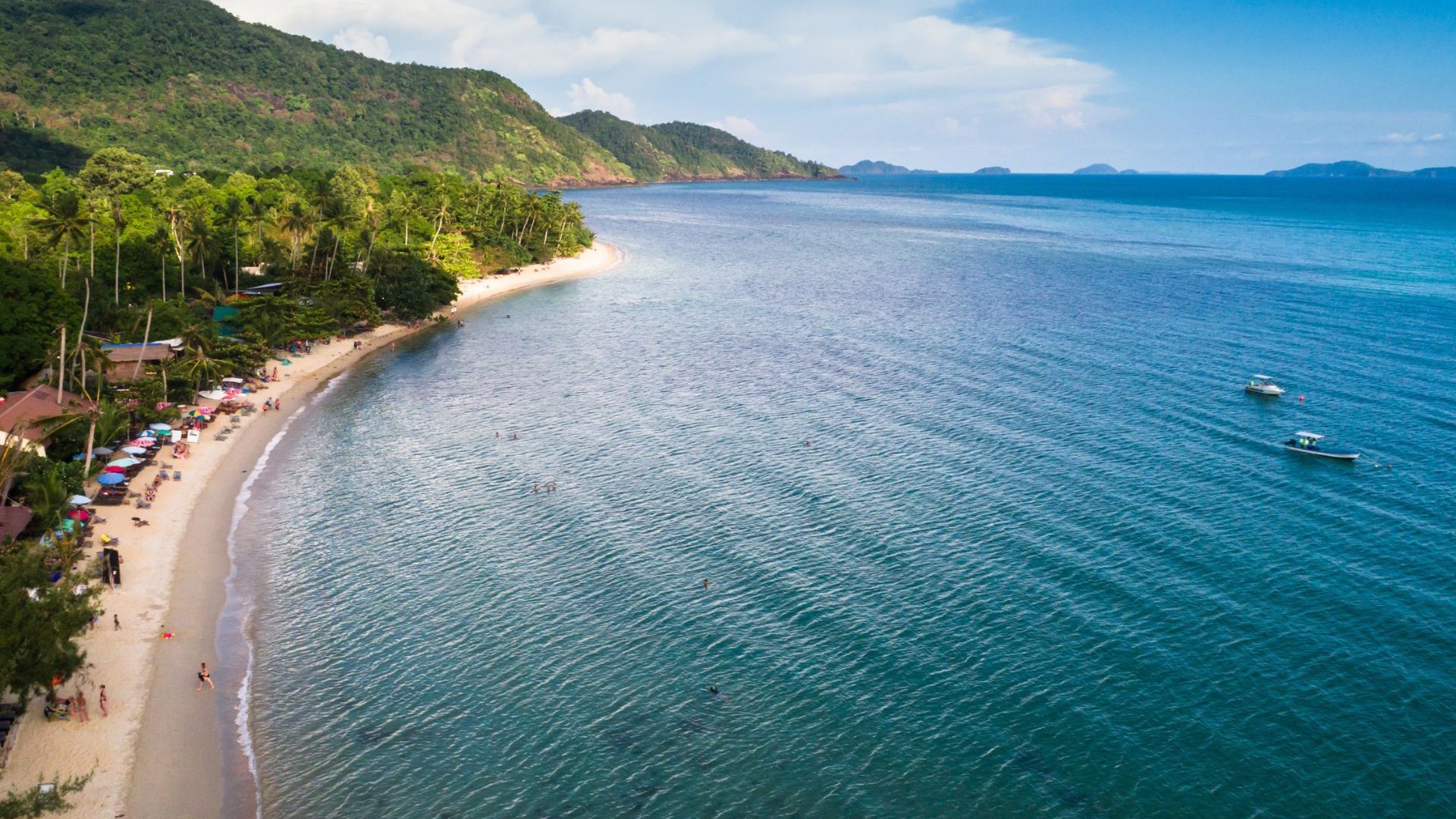
5. Rock climbing at Railay Beach
On a small peninsula just south of a town called Ao Nang, you'll find Railay Beach, famed for its enormous pillars of limestone karsts and Utopian sands. Railay is also hailed for some of the world’s best rock climbing, which as well as providing the perfect vantage point, also makes for an awesome workout. Using all sorts of muscles, from your hands to your forearms, when it all gets too exhausting, you can simply stop and jump into the sea for a swim.
The highlights: Aside from the stunning panoramas and energetic monkeys who will join you for a climb of the karsts (albeit a lot quicker and with agility), Railay Beach boasts over 700 climbing routes, so there’s an option for every skill level. If you’re new to climbing, the Hot Rocks Climbing School provide lessons; from half-day classes to a full three day package. Prices start from NZ$70.
When to go: The months of May and October usually come without heavy crowds and a good chance of fine weather. Both months tend to bring warm conditions and sunshine, but it is the wet season, so short bursts of rainfall are expected. If you want almost perfect daily weather, visit between January and March, but be prepared for an influx of people.
What else? From the coastal town of Ao Nang, it’s a short boat ride to Tonsai Beach. Distinctly rawer than Railay Beach, Tonsai is refreshingly less developed, cheaper, and there’s no electricity during the day. If you’re feeling a bit hippie, give it a go.
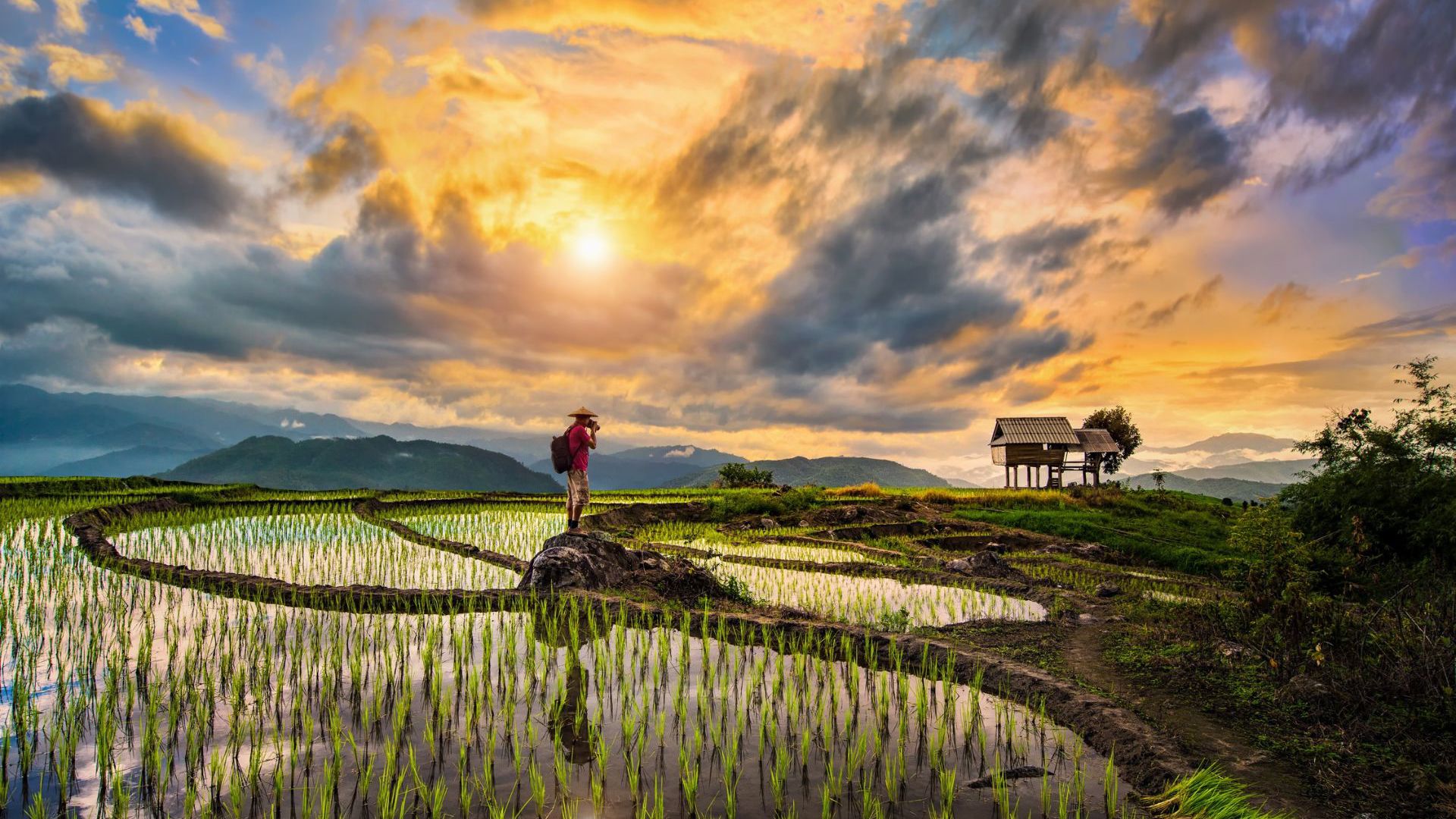
6. Hill tribe hiking in Northern Thailand
For the most colourful tribal treks in the country, head into the remote uplands of Northern Thailand. The hill tribes of Chiang Mai have seven main ethnic groups residing in the lush rainforests that carpet the hillside, and each tribe who live remotely and undisturbed here, have their own distinct language, dress and religion.
The highlights: Between the cicadas and tree frogs, trekkers can hike through verdant rainforest, meeting various hillside tribes as they go. Observe day-to-day life in a traditional village while traversing remote countryside and Ancient Mountain trails. Day trips from Chiang Mai are readily available, while longer multi-day stays are also permitted.
When to go: November through to February is a great time for an inland trek, notably because the weather is mild, there’s little to no rain, and the wild yet beautiful flowers are in full bloom.
What else? Chiang Mai’s two most populous tribes are the Karen, recognised by their woven turbans and tunics, and the Hmong, famed for their embroidery work.
7. Sea canoeing through exotic caves
Explore caves so remote that you’ll need to climb into a canoe and lie completely flat, drifting under rocky overhangs just inches above the water. One of the most exciting ways to discover Thailand’s “hongs,” along with deserted lagoons and remote islands, is by canoe or kayak. Homegrown operators offer intimate group tours to some of the country’s most spectacular spots, such as Khao Sok, Trang, Tarutao, Phuket and Krabi.
The highlights: Paddle yourself or ask the guide to paddle the kayak for you. Groups are small so you can really make the most of your tranquil surroundings. Navigate the tiniest of gaps into chasms of incredible beauty. Choose a full day tour and you’ll likely explore five different caves, complete with lunch and the opportunity to swim and sunbathe.
When to go: There’s always the chance that you’ll book on the odd week when there's inclement weather, but for the most-part, sea canoeing is a year-round enjoyment. Rain can even add an additional sparkle to stalactites and you’re unlikely to feel cold. If sunshine is an absolute requirement, December to March are your best months.
What else? Sea Canoe Thailand has been the most highly awarded sea-kayaking business in southern Thailand for more than 25 years, so you’re in very capable hands. Small ferries transport guests to optimum canoeing spots, where you’ll receive a quick lesson on how to kayak, island information, the temperament of the tides and what you will be seeing and doing. And then it’s paddles at the ready, and off you go.
More Asia travel blogs
Best. Holidays. Ever!
Start here
Let us help you find the perfect holiday or deal. Here’s how to get in touch...
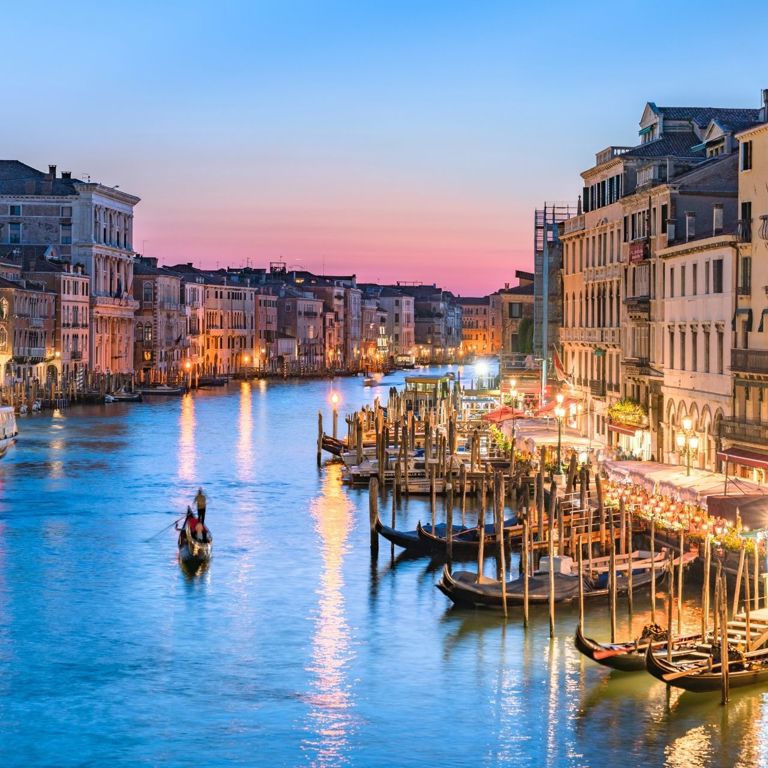
Want the inside word on all things travel?
Never miss a deal again. Sign up for our emails and get exclusive flight offers, travel tips, and be the first to know about special promotions.
By signing up, you have read or have an opportunity to read the Privacy Policy, and you agree to the provisions of the Privacy Policy.

Thanks for signing up, we’ll be in touch soon!
Hold on a sec, adventurer! We didn't quite catch your email. Sign up again to unlock your travel dreams!








